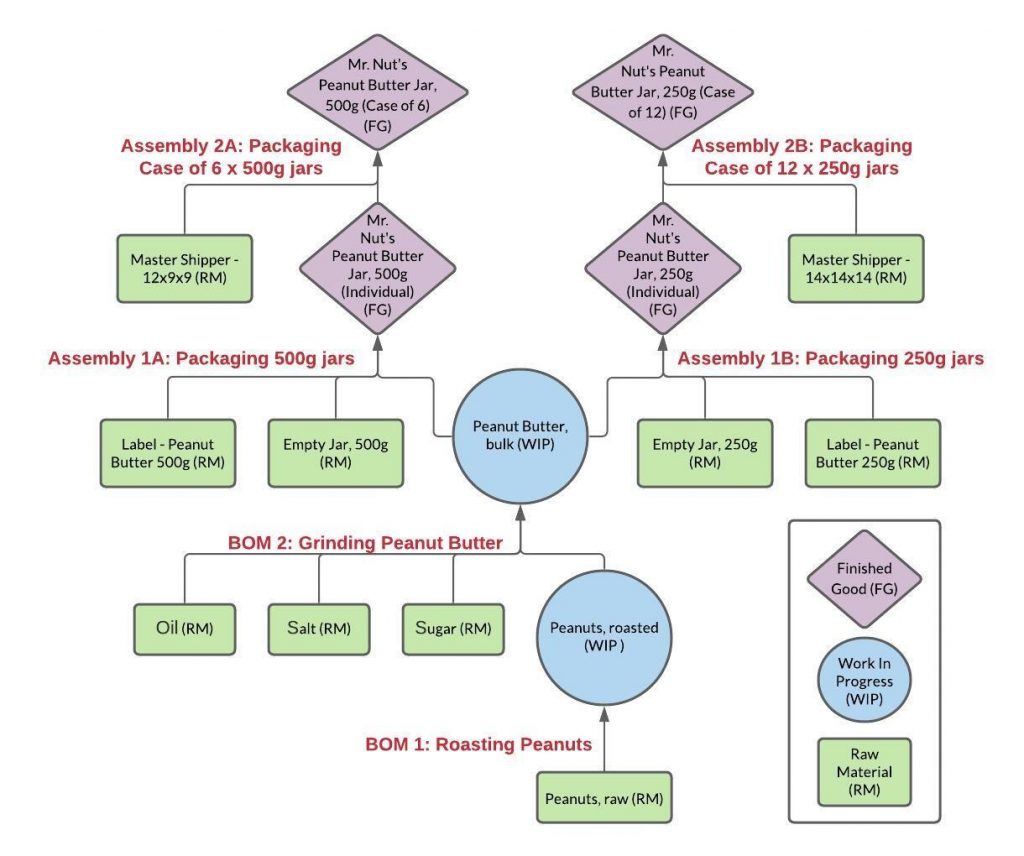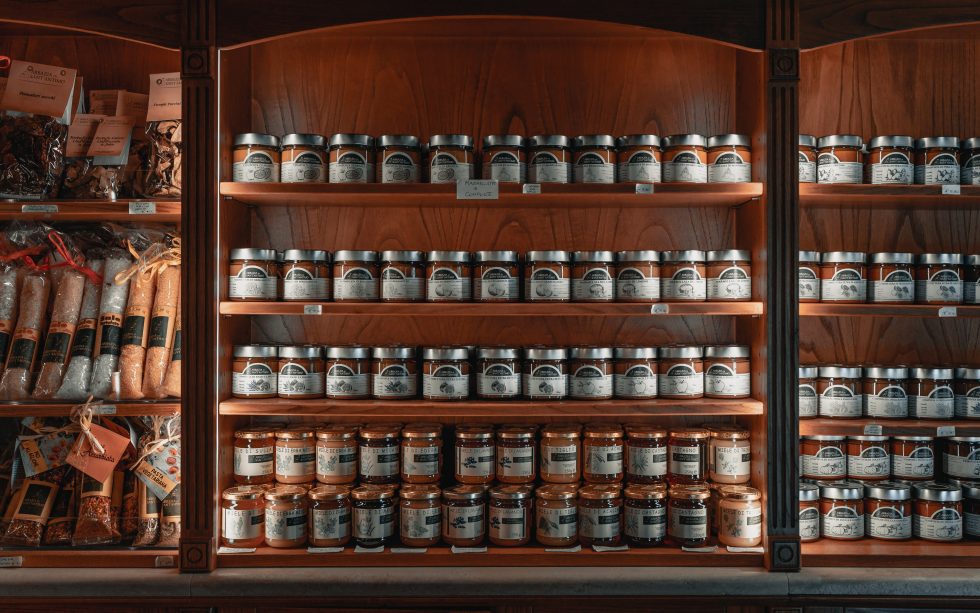Modelling your process can be a daunting prospect, especially when you’re just starting to use an ERP (Enterprise Resource Planning) software.
Product modelling is a way to draft out a design for the process of a new product. Think of it as a way to reflect your actual process in your digital process — this helps your ERP system support team understand how your raw materials are transformed into WIPs, and then eventually finished goods, ready for sale.
Many people think of it as a flow chart, and that can be a good place to start.
As you begin to visualize how your ERP will be the digital backend to your business, we want to share some of the core modelling questions we typically ask to help design the digital side of your process. It should match pretty closely to your actual process, and these questions may help you refine where you need to split and divide steps, where you might have loss or by-product that’s going uncaptured, and other major questions like that.
The first step is to make a list of all of your SKUs and finished goods. We usually suggest working backwards from there to decide how many raw materials and work in progress items will be needed to capture your process. From there, you’ll want to create a list of all of the transformative steps that your finished good/SKU will go through before it can be sold to your customers.
If you’re following along with your process, get some paper and start sketching! Don’t worry if it isn’t quite right the first time, capturing process flow is a difficult thing to do.
We recommend starting with an individual SKU and working backwards.
Here are some typical questions to ask at each step in order to decide how to break out the process.
- Does this step include a raw material purchased from a vendor or do I produce some ingredients in-house?
- Does this step get held in bulk to be used in multiple processes, or get processed into separate products?
- Does this step have waste or loss?
- Does this get processed on separate days, or have different inventory items added to it on different days?
- If your staged production happens over a lengthy period of time, you may wish to separate it out so you can see what stages each part of the process is at
- Is this item sold directly to a customer?
- If so, it will be a finished good and may need a unique SKU if you are integrating with any external platforms such as ecommerce or shipping software
- Do you sell this item in a bundle?
- For example, a case as well as individual units, in which case a separate items (i.e., case and individuals) and formulas (i.e., a formula to package into individual units and a formula to package those units into cases) will be needed
- Does this formula or item have a minimum batch size?
- This will be important to note as you set up your formulas. If you have machine limitations, i.e. your machine must make at least 20kg at a time, then it’s best to set your base formula either at that 20kg, or make a note of it in the title or instructions of your formula to avoid errors.
- What are the appropriate units of use for each step?
- Most companies decide to use a base unit of measure that is easy to multiply, such as a base unit of one.

Reach out to your ERP system support team for suggestions and assistance! This is a difficult process, and it can take an iterative approach to find the right design and solution for your products.

